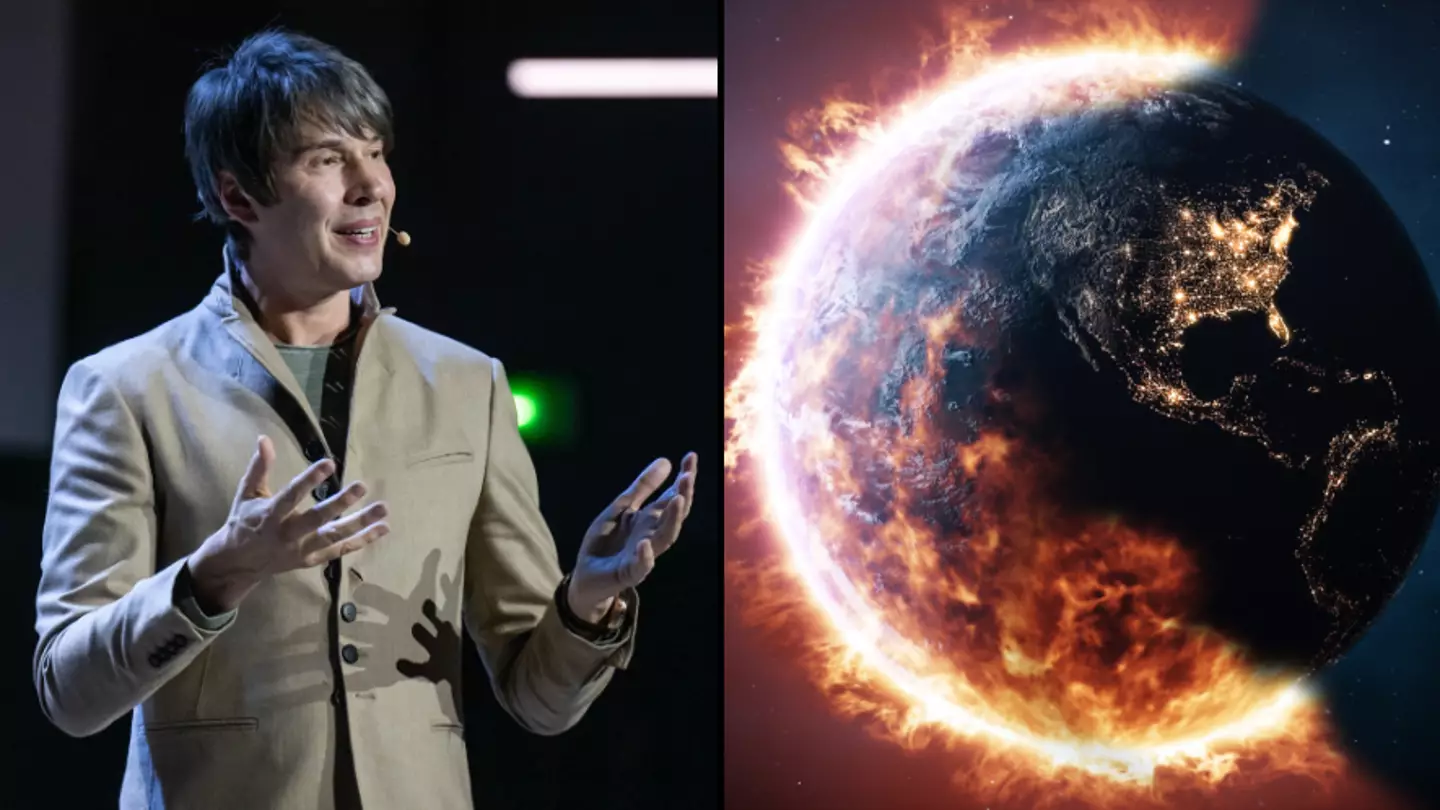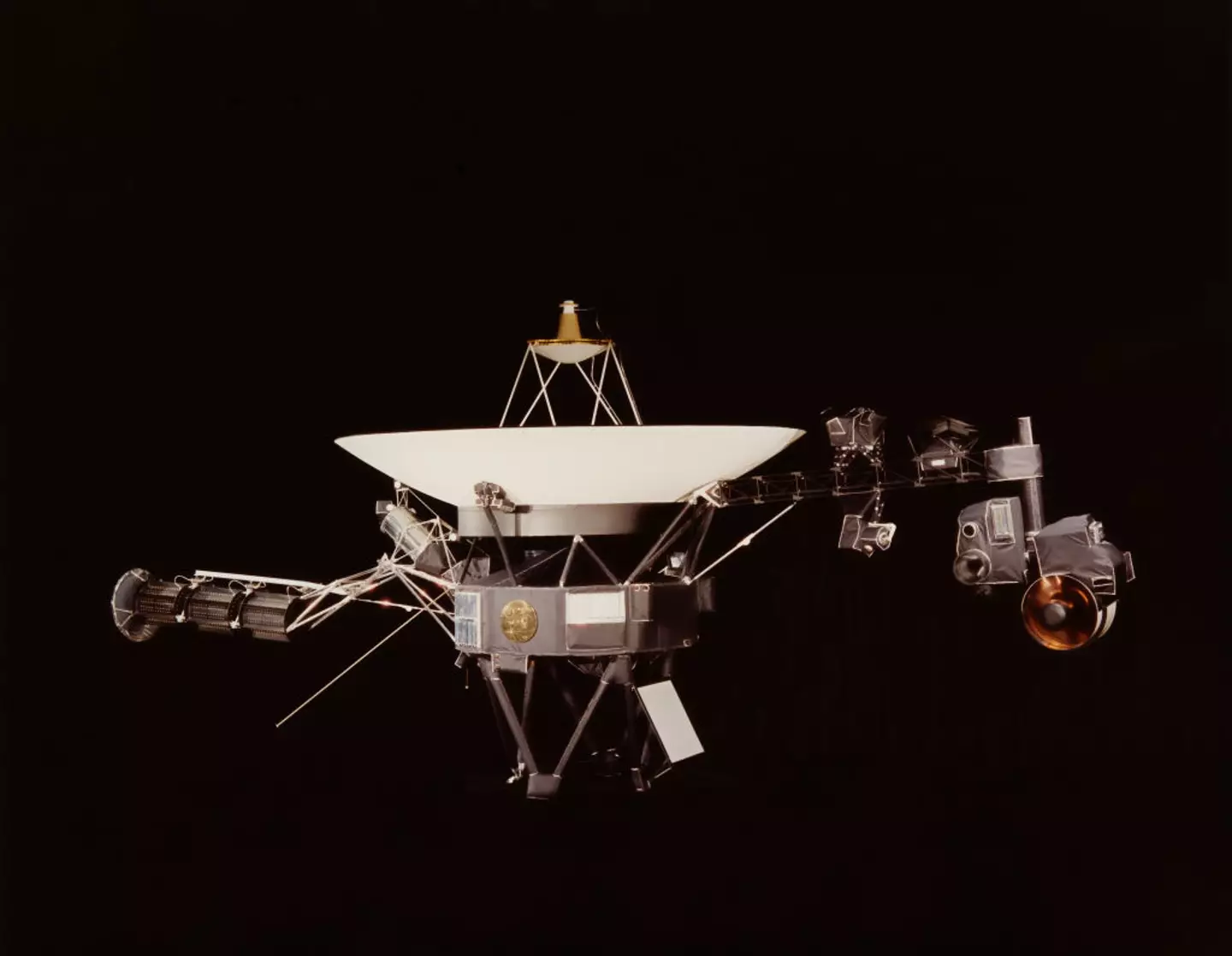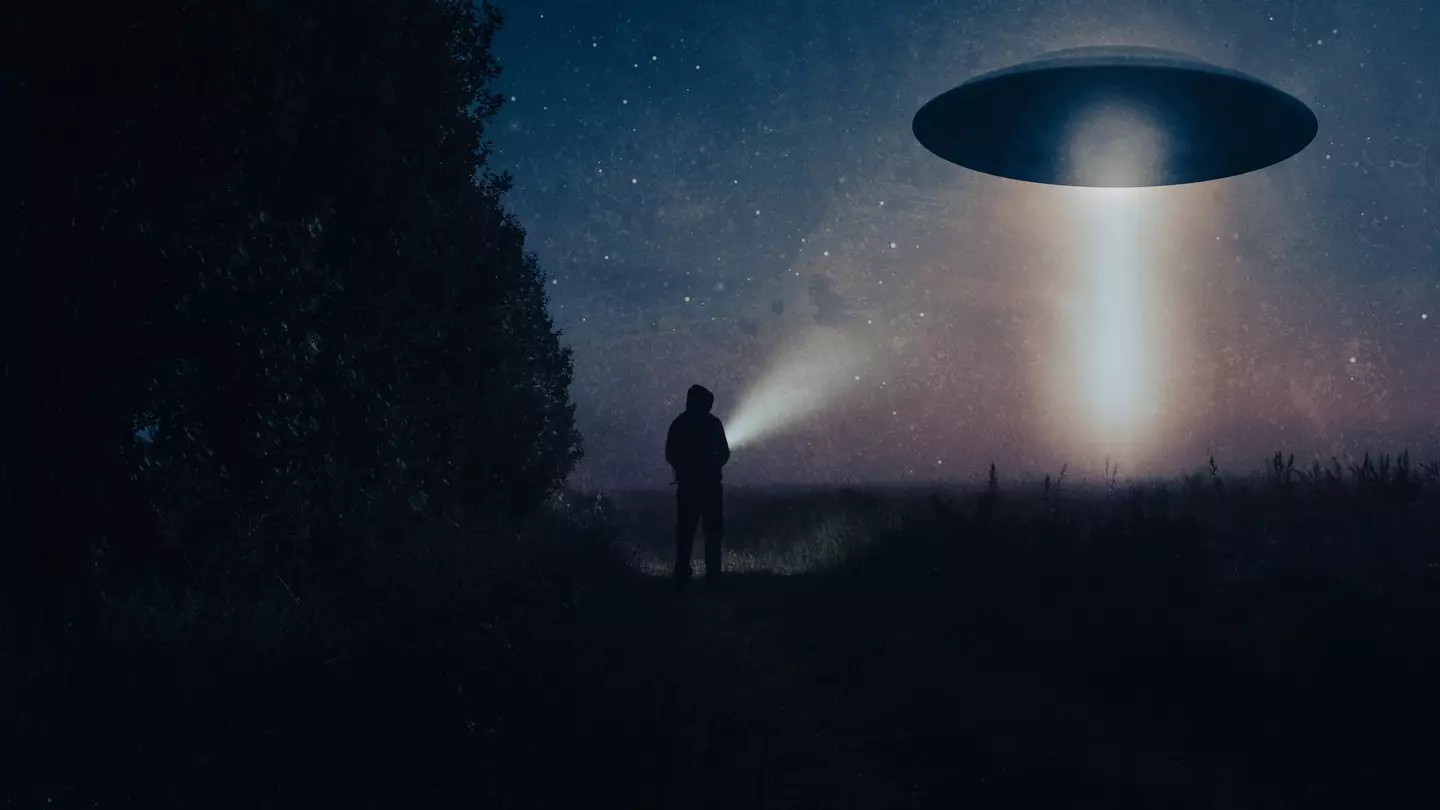
Professor Brian Cox has shared a dark thought on the future of human life.
The British physicist is known for shutting down theories with his pragmatic thinking, putting flat-earthers in their place, while also hinting at the fact that aliens might not exist.
Cox then shared an interesting new theory on X, formerly Twitter, which caused a reaction from a number of his social media followers.

Advert
It all started when NASA announced that Voyager 1, their spacecraft explorer that has been exploring our solar system, and now interstellar space, since the 1970s.
Cox wrote: "It never ceases to amaze me that a spacecraft launched in 1977 can be fixed remotely from Earth."
Since being launched on 5 September 1977 from Cape Canaveral in Florida, USA, Voyager 1 has become the most distant man-made object in existence, sending back data from interstellar space for almost half a century.
Exploring the likes of Jupiter and Saturn, its most iconic astronomical image is the famous 'Pale Blue Dot', showing our planet as a mere spec in the dark, vast vacuum of space - one of the most well-known snaps ever taken.
But in November last year, a glitch in its system made the spacecraft's data about it's environment and health of its systems impossible for experts to monitor - but they have finally managed to fix it from Earth.
Advert
As spectacular as it is, Cox's comment on the spacecraft brought on some less-than-intelligent replies from others.

One user wrote: "They switched it off and on again."
Another put: "Meanwhile, the printer that's 3 feet from my laptop won't connect."
Conspiracy theorists then chimed in, questioning the legitimacy of all this, which prompted a reply from the scientist.
Advert
In his classic witty style, the legendary scientist wrote: "Honestly - a few of the replies to this little tribute to engineering excellence exhibit a level of stupidity that suggests to me that it won’t be long before our spacecraft are the only thing that remains of our increasingly dim-witted civilisation.
"Until recently my guess has been that the answer to the Fermi Paradox might be found in biology - complex biological systems are rare. I’m increasingly of the view that the reason for The Great Silence is that civilisations are inevitably crushed by the weight of n**heads shortly after inventing the internet," he conlcuded.
The Fermi Paradox is the contradiction between the lack of evidence for extra-terrestrial beings in the universe against the high estimates of their probability.
But it looks like Cox is attributing the fact that we've had no contact with aliens to the fact that there are thousands, possibly millions of trolls online.

Advert
Voyager 1, now 15 billion miles from Earth, and Voyager 2, now 12 billion miles away from Earth, were both launched in 1977, with the mission length being set at five years, though this summer marks 47 years since their launch.
Discovering the likes of volcanoes on Jupiter's moon and the complexities of Saturn's rings, Voyager 1 continued on its journey out of the solar system while its sister probe explored the icy planets of Uranus and Neptune.
Both are operated by NASA's Jet Propulsion Laboratory in Pasadena, California, and both carry a special golden record on board, sharing sounds, pictures and messages of Earth - in case aliens to run into it and want to learn about where the probe came from.
Both are now further away from us and the Sun than Pluto, the dwarf planet in our solar system.
Voyager 1 entered interstellar space in August 2012, with Voyager 2 following up in November 2018, with both still sending important information about their surroundings through the Deep Space Network.
Advert
The probes' current mission is the Voyager Interstellar Mission, which will explore the outermost edge of the Sun's domain and hopefully, beyond.